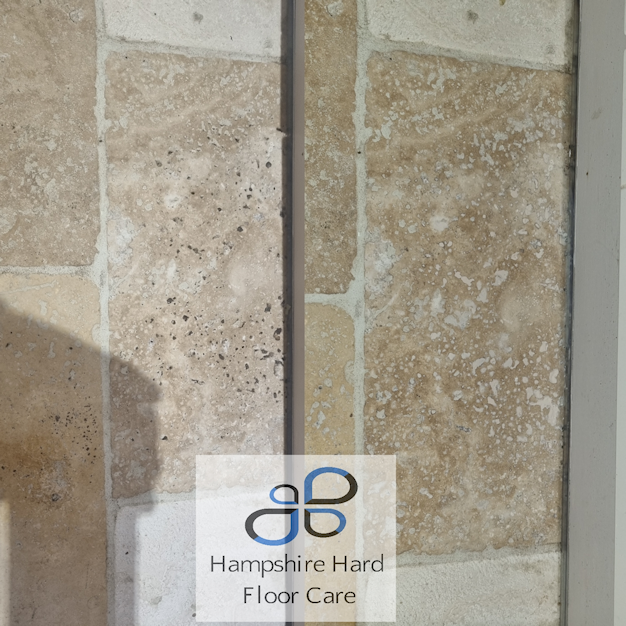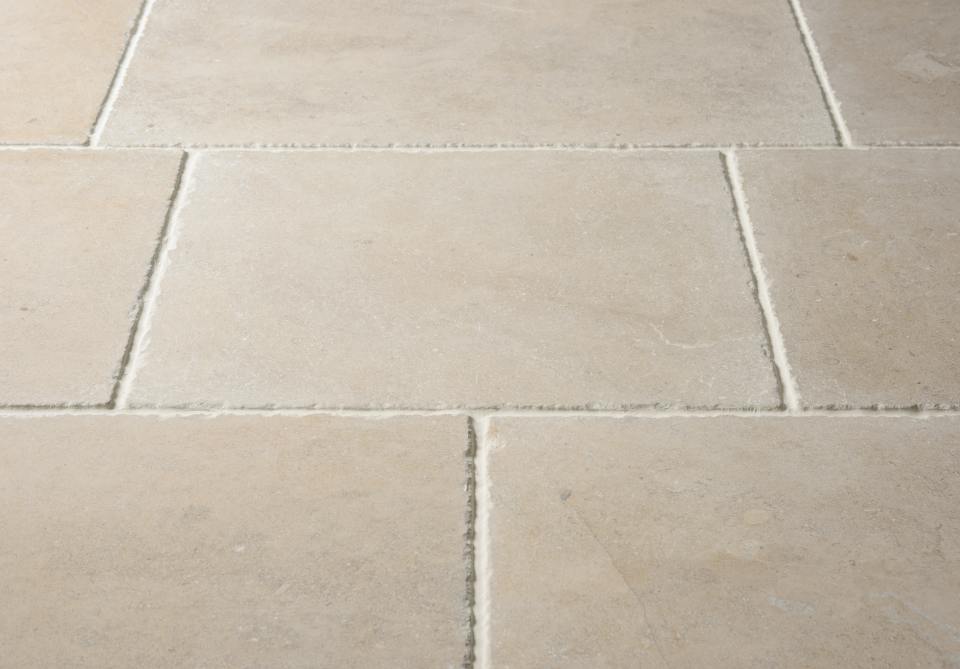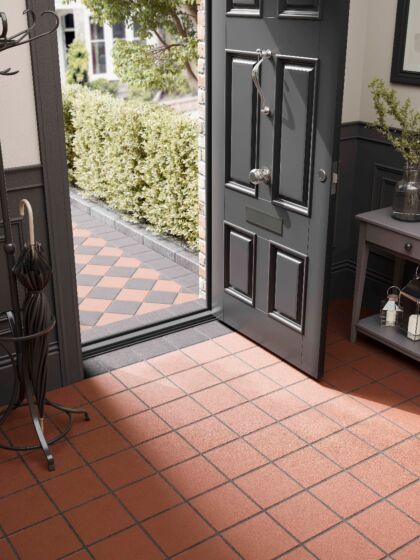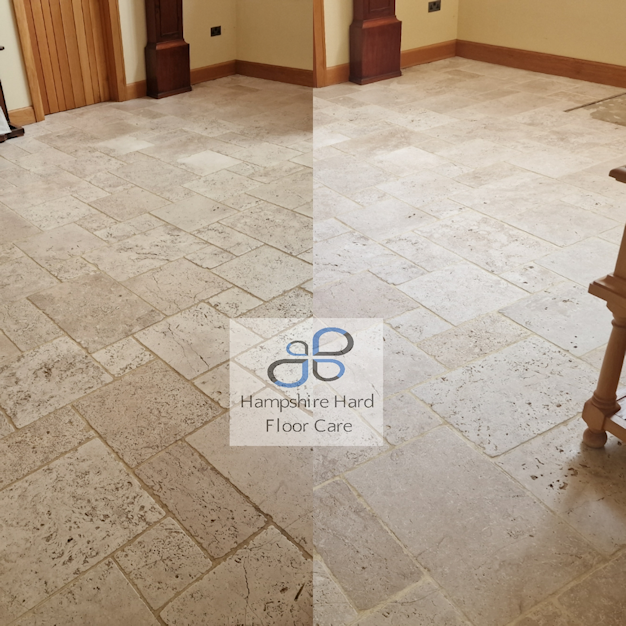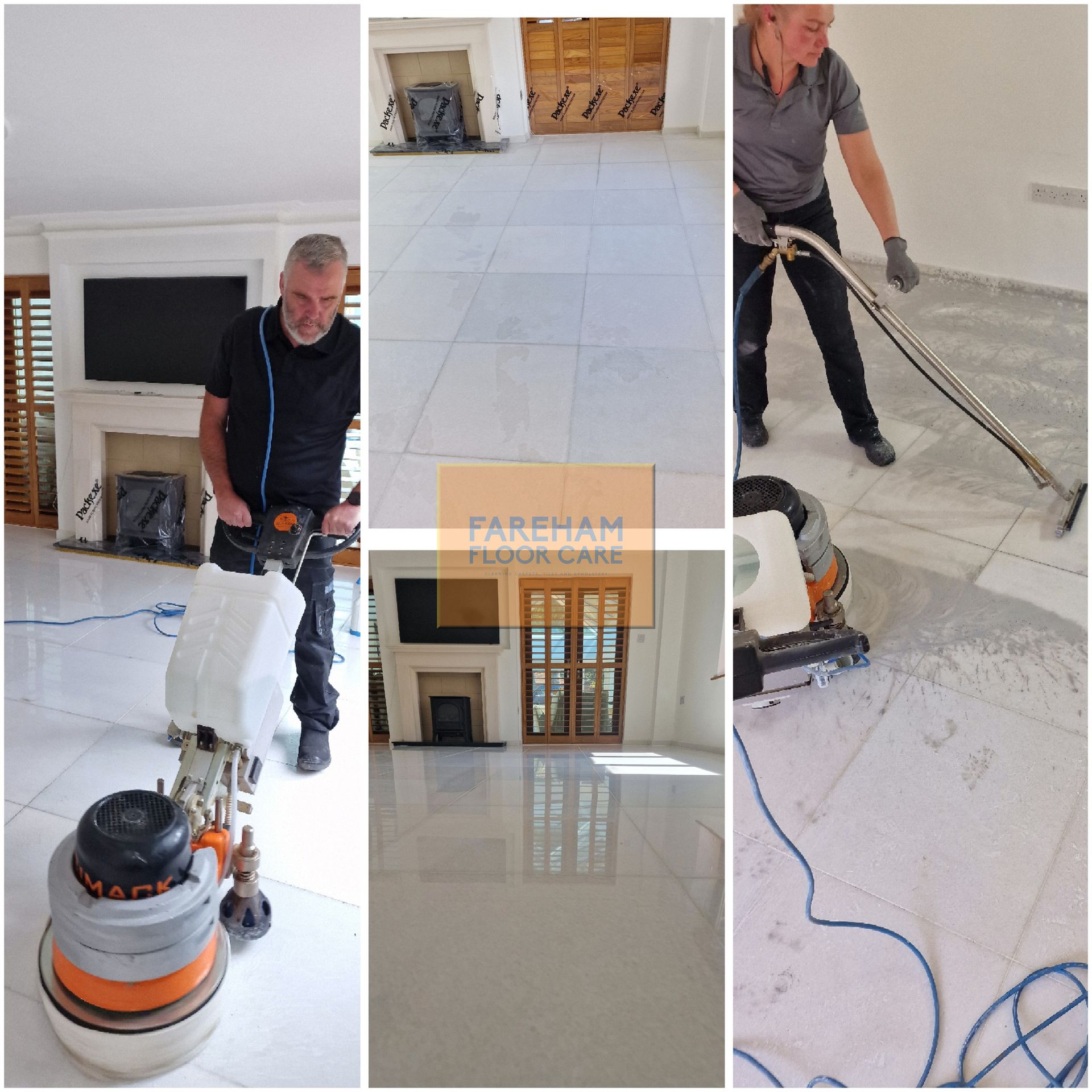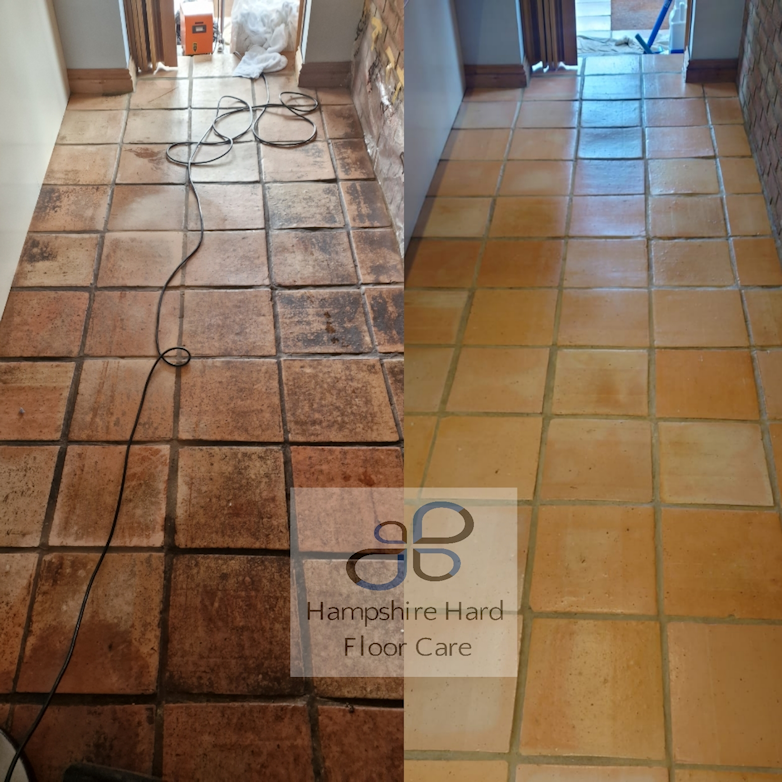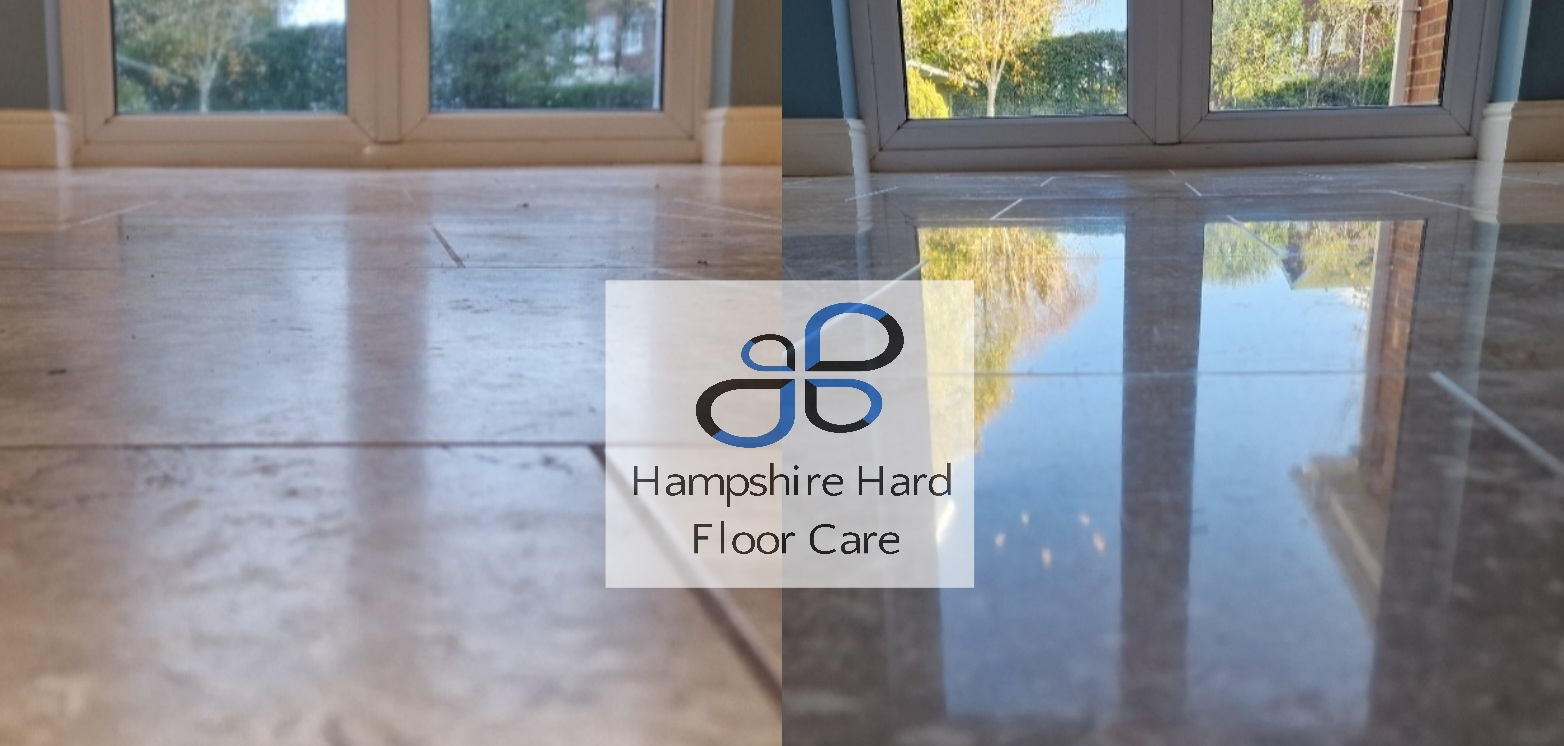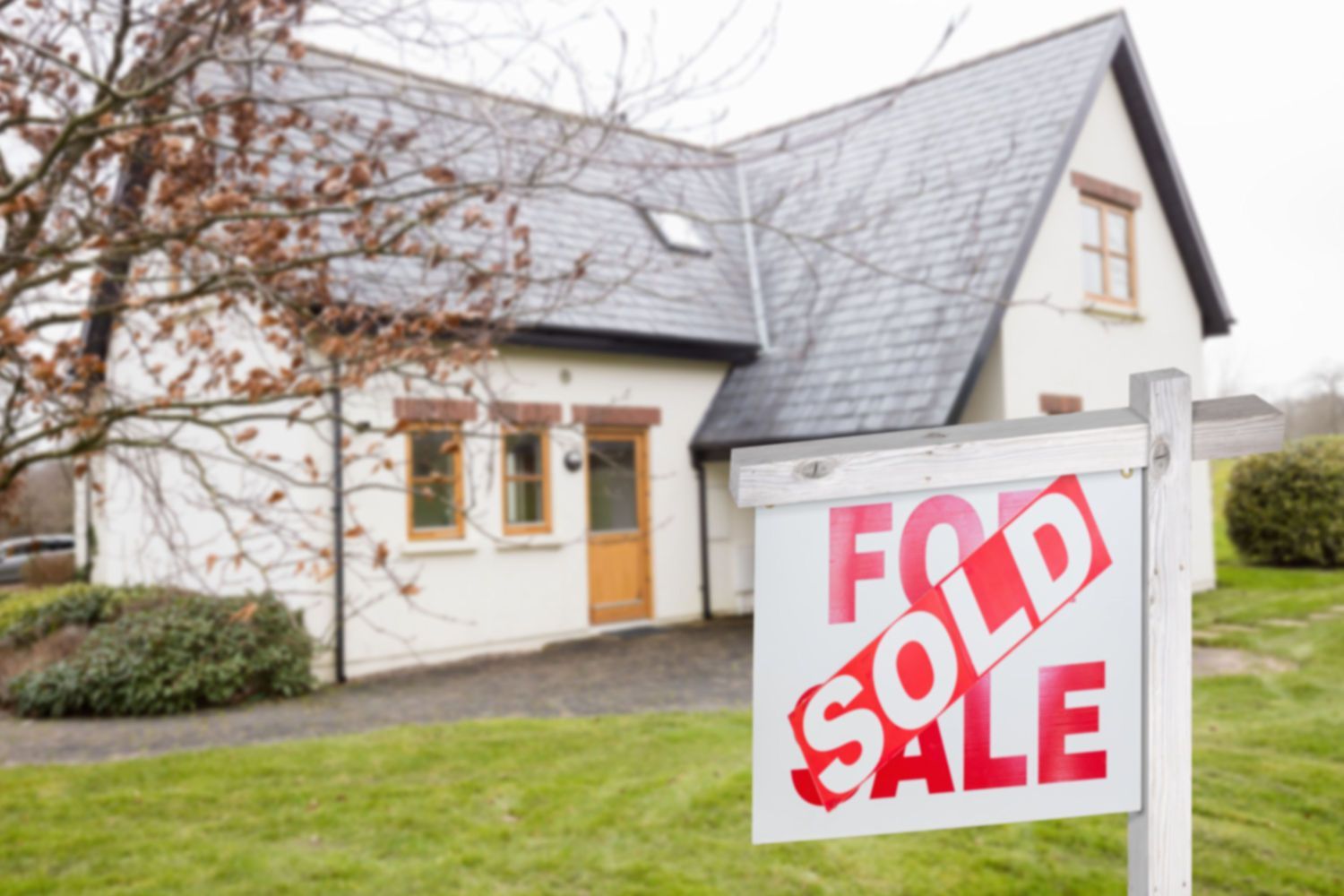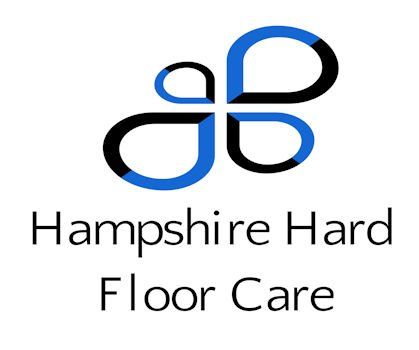Restoring Beauty: A Friendly Guide to Wood Floor Restoration in Hampshire
Understanding Wood Floor Restoration in Hampshire
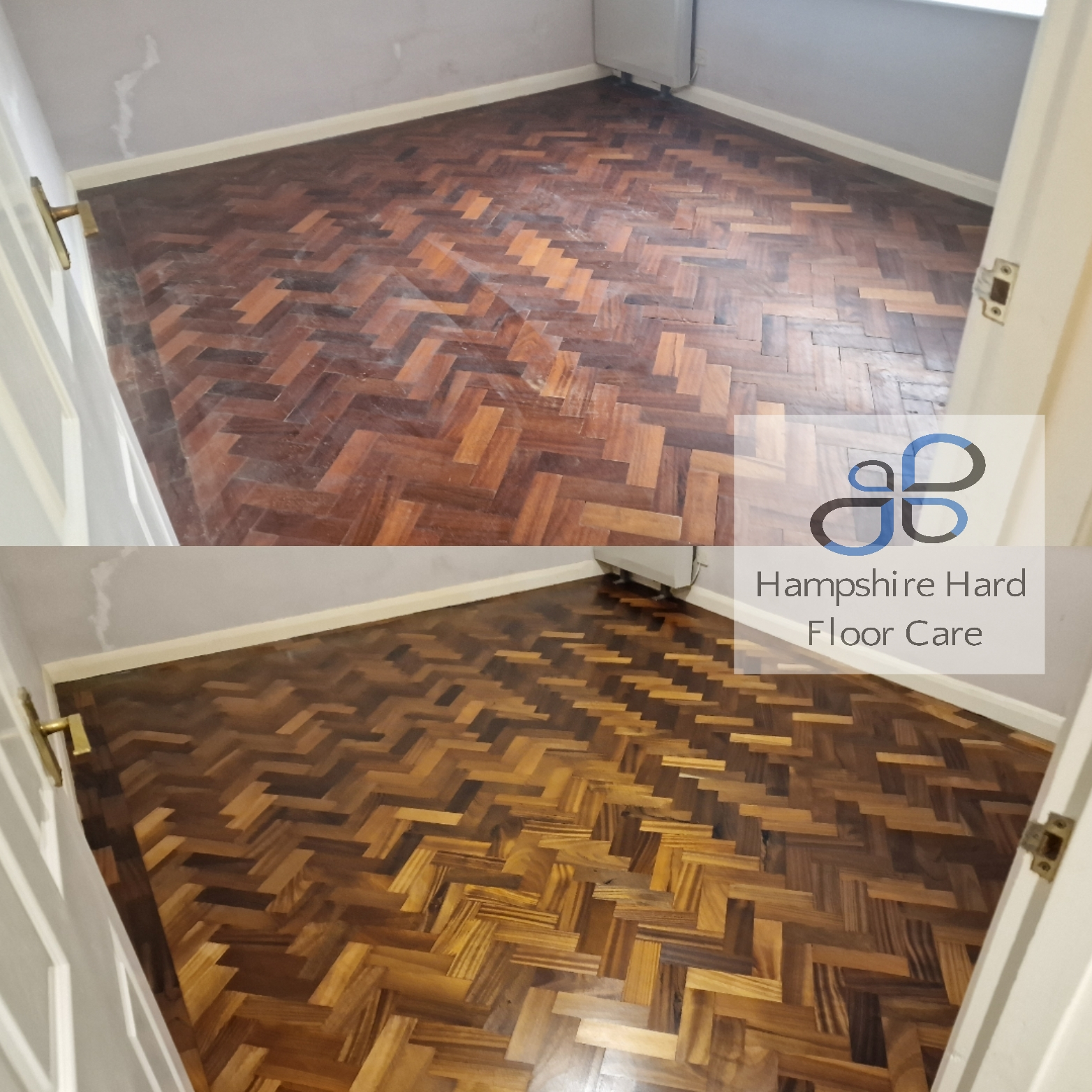
Restoring the natural elegance of wood floors can transform any space, be it a cosy home or a bustling business. With the right combination of expertise and care, wood floor restoration in Hampshire brings back the charm and warmth that time might have dulled. Homeowners and property managers in areas like Chichester and Brockenhurst are increasingly seeking professional wood floor cleaning and oiling services to maintain their floors' beauty and longevity. In this guide, we'll walk you through the key steps of wood floor restoration, sharing tips, expert insights, and customer stories that will inspire you to revitalize your own floors. Whether you're looking for a simple touch-up or a complete overhaul, join us as we explore how to achieve stunning results that will make your wood floors the centrepiece of your space.
Understanding Wood Floor Restoration
Wood floor restoration is a crucial aspect of maintaining the beauty and longevity of your home or business. Let's explore the importance of floor maintenance, common restoration techniques, and the benefits of professional services.
Importance of Floor Maintenance
Regular maintenance is the key to preserving the beauty and integrity of your wood floors. It's not just about aesthetics; it's about protecting your investment.
Proper care can extend the life of your floors by years, saving you money in the long run. Regular cleaning and maintenance prevent the build-up of dirt and grime that can scratch and dull the surface.
Moreover, well-maintained floors contribute to a healthier indoor environment by reducing allergens and improving air quality. By staying on top of floor care, you're not just maintaining your home's appearance, but also its overall value and comfort.
Common Restoration Techniques
Wood floor restoration encompasses a variety of techniques designed to bring your floors back to their former glory. These methods can address various issues, from minor wear to major damage.
- Sanding: This process removes the top layer of wood, eliminating scratches and stains.
- Refinishing: After sanding, a new finish is applied to protect the wood and enhance its appearance.
- Recoating: For floors with minor wear, a new coat of finish can be applied without sanding.
In some cases, individual boards may need to be replaced. This is often necessary for floors with extensive damage or those affected by water or pest issues.
Benefits of Professional Services
While DIY restoration might seem tempting, professional services offer numerous advantages that can make a significant difference in the outcome of your project.
Experts bring years of experience and specialized equipment to the job, ensuring high-quality results. They can accurately assess the condition of your floors and recommend the most appropriate restoration techniques.
Professional restoration can also be more cost-effective in the long run, as it reduces the risk of mistakes that could lead to costly repairs. Plus, professionals can often complete the job more quickly and with less disruption to your daily life.
"Professional wood floor restoration not only enhances the beauty of your home but also increases its value," says John Smith, a leading expert in wood floor restoration in Hampshire.
Wood Floor Cleaning in Chichester
Keeping your wood floors clean is essential for maintaining their beauty and extending their lifespan. In Chichester, homeowners and businesses alike are discovering the benefits of professional wood floor cleaning services.
Effective Cleaning Methods
Professional wood floor cleaning involves a series of steps designed to remove dirt, grime, and stains without damaging the wood or its finish.
The process typically begins with a thorough sweep and vacuum to remove loose debris. Next, a pH-neutral cleaner specifically formulated for wood floors is applied using specialized equipment that ensures even distribution and minimal water use.
For tougher stains or build-up, professionals may use a soft buffer or scrubber, always taking care not to damage the wood. The final step involves a thorough rinse and dry to leave your floors spotless and gleaming.
Recommended Cleaning Products
Choosing the right cleaning products is crucial for maintaining the health and appearance of your wood floors. Professional-grade cleaners are designed to be effective yet gentle on wood surfaces.
Look for pH-neutral cleaners specifically formulated for wood floors. Avoid products containing harsh chemicals, waxes, or oils that can leave residue or damage the finish.
For regular maintenance between professional cleanings, a microfiber mop and a spray bottle filled with a diluted wood floor cleaner can be effective. Always follow the manufacturer's instructions and avoid over-wetting the floor.
Wood Floor Oiling in Brockenhurst
Oiling is a popular choice for wood floor finishing in Brockenhurst, offering a natural look and feel while providing excellent protection. Let's explore the process of choosing the right oil, the step-by-step oiling process, and hear from satisfied homeowners.
Choosing the Right Oil
Selecting the appropriate oil for your wood floor is crucial for achieving the desired look and level of protection. There are several factors to consider when making your choice.
First, consider the type of wood. Different species may require specific oils to bring out their natural beauty. The level of traffic your floor receives is also important, as some oils offer more durability than others.
Colour is another consideration. Oils come in a range of tints, from clear to dark, allowing you to enhance or alter the natural colour of your wood. Always test the oil on a small, inconspicuous area before committing to the entire floor.
Step-by-Step Oiling Process
The oiling process requires careful preparation and execution. Here's a general overview of the steps involved:
- Preparation: Clean the floor thoroughly and repair any damage.
- Sanding: If necessary, sand the floor to create a smooth surface.
- Cleaning: Remove all dust and debris from sanding.
- Application: Apply the oil evenly using a brush, roller, or cloth.
- Buffing: Work the oil into the wood using a buffing machine.
- Drying: Allow the oil to penetrate and dry according to manufacturer instructions.
- Buffing again: Remove any excess oil and create a smooth finish.
- Curing: Allow the floor to cure fully before use.
Remember, while this process can be DIY, professional application ensures the best results and longevity.
Testimonials from Homeowners
Brockenhurst homeowners have been thrilled with the results of professional wood floor oiling. Here are a few testimonials:
"The natural beauty of our oak floors really shines through after oiling. It's like they've been given a new lease on life!" - Emma W., Brockenhurst
"We were worried about maintaining our floors with young children, but the oiled finish has been incredibly durable and easy to touch up." - The Thompson Family
These testimonials highlight the beauty, durability, and ease of maintenance that come with professionally oiled wood floors.
Comprehensive Wood Floor Restoration in Hampshire
Wood floor restoration in Hampshire is a comprehensive process that can breathe new life into tired or damaged floors. From evaluating restoration needs to understanding the process and long-term care, let's explore what's involved in bringing your wood floors back to their former glory.
Evaluating Restoration Needs
Before beginning any restoration project, it's crucial to assess the current condition of your wood floors. This evaluation helps determine the most appropriate restoration approach.
Professionals look for signs of wear, such as scratches, dents, or discoloration. They also check for more serious issues like water damage, warping, or loose boards. The age of the floor and its maintenance history are also important factors to consider.
Based on this assessment, restoration experts can recommend the most suitable course of action, whether it's a simple refresh or a more extensive restoration process.
The Restoration Process Explained
Wood floor restoration typically involves several steps, each crucial to achieving the best possible outcome. Here's a general overview of the process:
- Preparation: Clearing the area and protecting surrounding surfaces.
- Repair: Fixing any damaged boards or structural issues.
- Sanding: Removing the old finish and smoothing the surface.
- Staining: Applying colour if desired.
- Finishing: Applying a protective layer (varnish, oil, or lacquer).
- Curing: Allowing the floor to dry and harden completely.
Each step requires expertise and precision to ensure the best results. Professional restorers use specialized equipment and techniques to achieve a high-quality finish that can last for years.
Long-term Care and Maintenance
After restoration, proper care is essential to maintain the beauty and longevity of your wood floors. Here are some tips for long-term maintenance:
- Regular cleaning with appropriate wood floor cleaners
- Prompt clean-up of spills to prevent water damage
- Use of furniture pads to prevent scratches
- Avoiding high heels or other potentially damaging footwear
- Periodic professional maintenance to address wear and tear
- Keep on top of spills etc to avoid staining, for treatments on stains on wood floors
By following these guidelines, you can keep your restored wood floors looking beautiful for years to come. Remember, prevention is always easier and more cost-effective than extensive restoration.
Getting Started with Your Wood Floor Project
Ready to give your wood floors a new lease on life? Here's how to get started with your wood floor restoration project in Hampshire.
Requesting a Quote
The first step in your wood floor restoration journey is to request a quote from a reputable professional. This process is typically straightforward and can often be done online or over the phone.
When requesting a quote, be prepared to provide some basic information about your floors, such as:
- The type of wood
- The approximate square footage
- The current condition of the floors
- Any specific issues or concerns you have
Many professionals offer free, no-obligation quotes and may even provide an in-home consultation to assess your floors in person.
Planning Your Restoration Timeline
Once you've received and accepted a quote, it's time to plan the timeline for your restoration project. This involves considering several factors:
- The extent of the restoration needed
- The size of the area being restored
- Your personal schedule and availability
- Any events or commitments that might be affected by the work
Most wood floor restoration projects can be completed within a few days to a week, depending on the scope of work. Your restoration professional can provide a more accurate timeline based on your specific situation.
Final Thoughts and Encouragement
Embarking on a wood floor restoration project can seem daunting, but the results are well worth the effort. Not only will you enhance the beauty of your home, but you'll also be investing in its long-term value and comfort.
Remember, professional restoration services bring expertise, efficiency, and peace of mind to your project. They can help you navigate the process smoothly and achieve stunning results that will last for years to come.
"A well-maintained wood floor is a timeless feature that adds warmth and character to any home," notes Sarah Johnson, a Hampshire-based interior designer. "It's an investment that pays dividends in both aesthetics and property value."
Ready to take the next step? Contact a local wood floor restoration expert today to discuss your project and start the journey towards beautiful, restored wood floors.
